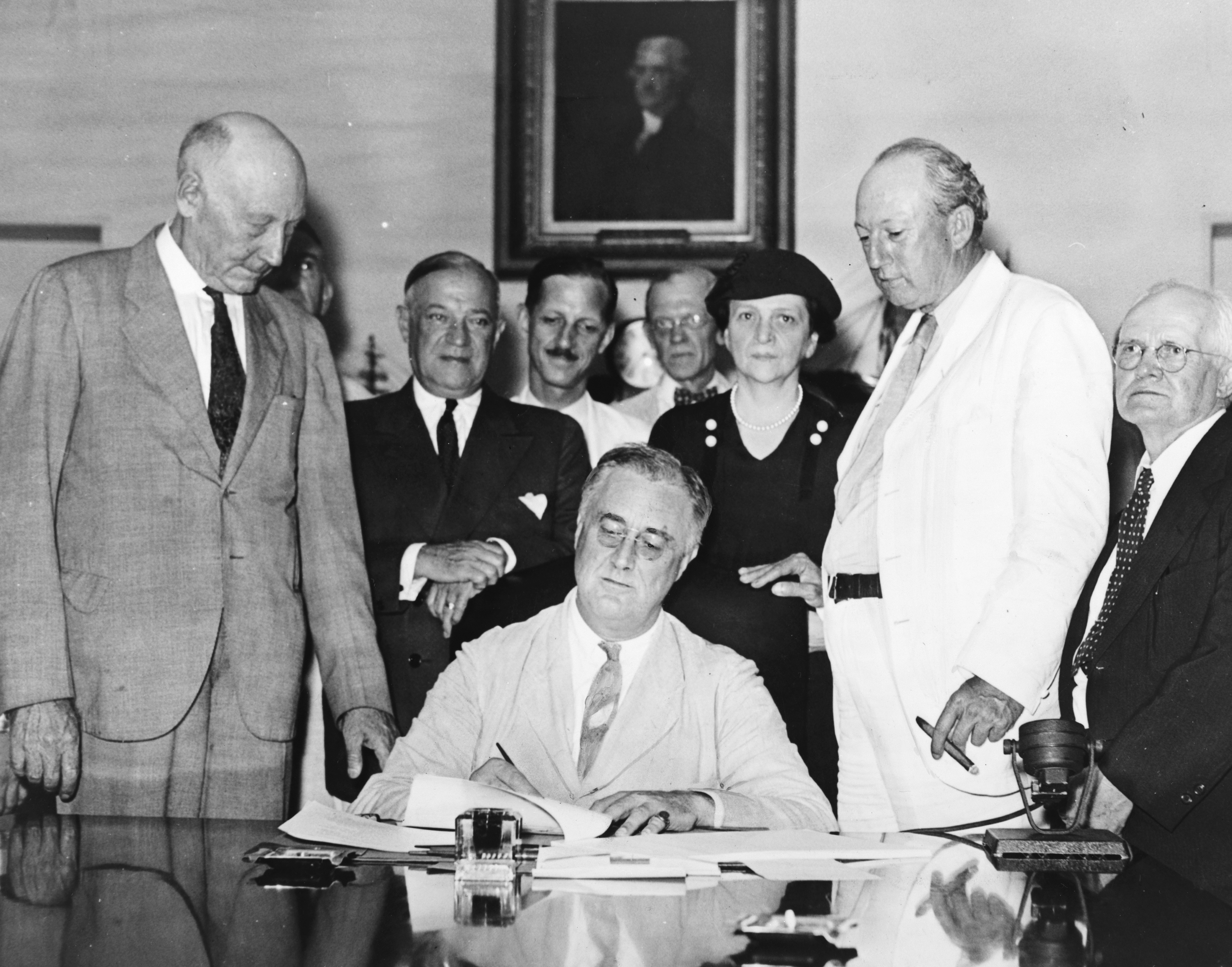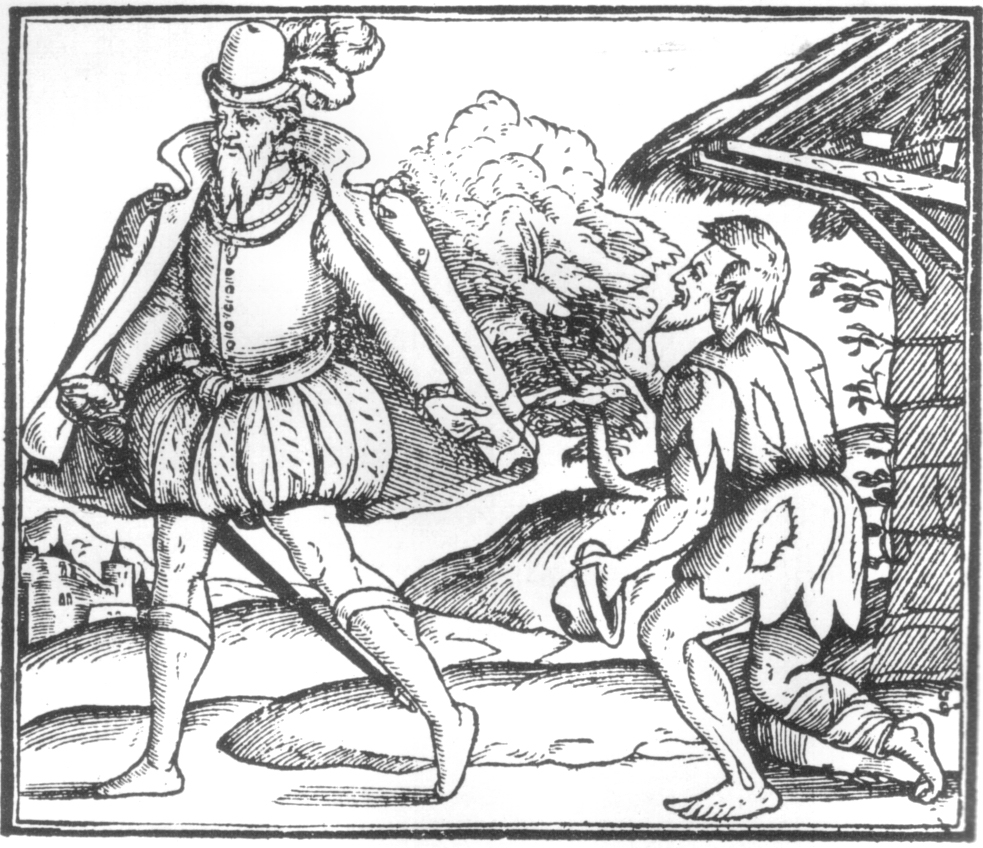|
Outdoor Relief
Outdoor relief, an obsolete term originating with the Elizabethan Poor Law (1601), was a programme of social welfare and poor relief. Assistance was given in the form of money, food, clothing or goods to alleviate poverty without the requirement that the recipient enter an institution. In contrast, recipients of indoor relief were required to enter an almshouse, orphanage, workhouse or poorhouse. Outdoor relief consisted of hot meals and provision of blankets and things necessary for homeless persons. Outdoor relief was also a feature of the Scottish Poor Laws and the Irish Poor Laws. ''Oxford Reference'' (Accessed 18 July 2020) References Scottish Poor Laws[...More Info...] [...Related Items...] OR: [Wikipedia] [Google] [Baidu] |
Elizabethan Poor Law (1601)
The Poor Relief Act 1601 ( 43 Eliz. 1. c. 2) was an act of the Parliament of England. The act, popularly known as the Elizabethan Poor Law, the "43rd Elizabeth", or the "Old Poor Law", was passed in 1601 and created a poor law system for England and Wales. It formalised earlier practices of poor relief distribution in England and Wales and is generally considered a refinement of the Poor Relief Act 1597 ( 39 Eliz. 1. c. 3) that established overseers of the poor. The "Old Poor Law" was not one law but a collection of laws passed between the 16th and 18th centuries. The system's administrative unit was the parish. It was not a centralised government policy but a law which made individual parishes responsible for Poor Law legislation. The 1601 act saw a move away from the more obvious forms of punishing paupers under the Tudor system towards methods of "correction". Several amending pieces of legislation can be considered part of the Old Poor Law. These include: *1662 – Poo ... [...More Info...] [...Related Items...] OR: [Wikipedia] [Google] [Baidu] |
Social Welfare
Welfare spending is a type of government support intended to ensure that members of a society can meet basic human needs such as food and shelter. Social security may either be synonymous with welfare, or refer specifically to social insurance programs which provide support only to those who have previously contributed (e.g. pensions), as opposed to ''social assistance'' programs which provide support on the basis of need alone (e.g. most disability benefits). The International Labour Organization defines social security as covering support for those in old age, support for the maintenance of children, medical treatment, parental and sick leave, unemployment and disability benefits, and support for sufferers of occupational injury. More broadly, welfare may also encompass efforts to provide a basic level of well-being through subsidized ''social services'' such as healthcare, education, infrastructure, vocational training, and public housing.''The New Fontana Dictionar ... [...More Info...] [...Related Items...] OR: [Wikipedia] [Google] [Baidu] |
Poor Relief
In English and British history, poor relief refers to government and ecclesiastical action to relieve poverty. Over the centuries, various authorities have needed to decide whose poverty deserves relief and also who should bear the cost of helping the poor. Alongside ever-changing attitudes towards poverty, many methods have been attempted to answer these questions. Since the early 16th century legislation on poverty enacted by the Parliament of England, poor relief has developed from being little more than a systematic means of punishment into a complex system of government-funded support and protection, especially following the creation in the 1940s of the welfare state. Tudor era In the late 15th century, Parliament took action on the growing problem of poverty, focusing on punishing people for being " vagabonds" and for begging. In 1495, during the reign of King Henry VII, Parliament enacted the Vagabonds and Beggars Act 1494. This provided for officers of the law to ... [...More Info...] [...Related Items...] OR: [Wikipedia] [Google] [Baidu] |
Indoor Relief
In Britain and Ireland, a workhouse (, lit. "poor-house") was a total institution where those unable to support themselves financially were offered accommodation and employment. In Scotland, they were usually known as poorhouses. The earliest known use of the term ''workhouse'' is from 1631, in an account by the mayor of Abingdon reporting that "we have erected within our borough a workhouse to set poorer people to work". The origins of the workhouse can be traced to the Statute of Cambridge 1388, which attempted to address the labour shortages following the Black Death in England by restricting the movement of labourers, and ultimately led to the state becoming responsible for the support of the poor. However, mass unemployment following the end of the Napoleonic Wars in 1815, the introduction of new technology to replace agricultural workers in particular, and a series of bad harvests, meant that by the early 1830s the established system of poor relief was proving to be unsu ... [...More Info...] [...Related Items...] OR: [Wikipedia] [Google] [Baidu] |
Poorhouse
A poorhouse or workhouse is a government-run (usually by a county or municipality) facility to support and provide housing for the dependent or needy. Workhouses In England, Wales and Ireland (but not in Scotland), "workhouse" has been the more common term. Before the introduction of English Poor Laws, the Poor Laws, each parish would maintain its own workhouse; often these would be simple farms with the occupants dividing their time between working the farm and being employed on maintaining local roads and other parish works. An example of one such is Strand House, The Strand, Winchelsea, Strand House in East Sussex. In the early Victorian era (see Poor Law), poverty was seen as a dishonourable state. As depicted by Charles Dickens, a workhouse could resemble a reformatory, often housing whole families, or a penal labour regime giving manual work to the indigent and subjecting them to corporal punishment, physical punishment. At many workhouses, men and women were split up with ... [...More Info...] [...Related Items...] OR: [Wikipedia] [Google] [Baidu] |
Scottish Poor Laws
The Scottish poor laws were the statutes concerning poor relief passed in Scotland between 1579 and 1929. Scotland had a different poor law system to England and the workings of the Scottish laws differed greatly to the Poor Law Amendment Act 1834 which applied in England and Wales. In 1579, the Scottish Parliament passed an act which made individual parishes responsible for enumerating their own poor. More than merely enumerate, the purpose of the law was an "inquisition" into the circumstances of the individual poverty, so as to determine whether the poor were able to work, whether they had any other means of subsistence, and whether there were other persons, family or others, who might assist them. The laws at that time codified the need to assist the poor—but at the same time as outlawing what were apparently considered public nuisances: begging and vagrancy. In 1595, Buttock Mail, a Scottish poor rate began to be levied. There was further legislation in 1597 which made the ... [...More Info...] [...Related Items...] OR: [Wikipedia] [Google] [Baidu] |
Irish Poor Laws
The Irish poor laws were a series of acts of Parliament intended to address social instability due to widespread and persistent poverty in Ireland. While some legislation had been introduced by the pre-Union Parliament of Ireland prior to the Act of Union 1800, Act of Union, the most radical and comprehensive attempt was the Poor Relief (Ireland) Act 1838 (1 & 2 Vict. c. 56), closely modelled on the English Poor Law Amendment Act 1834. In England, this replaced Elizabethan era legislation which had no equivalent in Ireland. Pre-Union In 1703, the Irish Parliament passed an act, 2 Anne c. 19 (I), for "Providing the erection of a workhouse and for the maintenance and apprenticing out of foundling children" establishing the House of Industry (Dublin), House of Industry in Dublin. By 1771, there were Houses of Industry in every county and by 1833, the total cost was £32,967. Post-Union Until 1838, the use of 'Houses of industry' was on a much smaller scale than in England and W ... [...More Info...] [...Related Items...] OR: [Wikipedia] [Google] [Baidu] |




